
The Journey of Siddhartha Gautama
By Storybird

02 Oct, 2023

Siddhartha Gautama, a prince, lived a life of luxury within the palace walls. Unaware of life's hardships outside his royal cocoon, he grew up in complete comfort and opulence.

One day, Siddhartha ventured outside the palace, accompanied by his charioteer, Channa. The world outside shocked him, as he encountered suffering for the first time.

He saw an old man, a sick man, and a corpse. Each sight filled Siddhartha with deep sorrow and he couldn't understand why such suffering existed.

Then, he saw a monk, who radiated peace and tranquility, despite owning nothing. This intrigued Siddhartha, leading him to question the nature of life and happiness.

Disturbed by his newfound awareness of life’s suffering, Siddhartha decided to renounce his royal life. He left his palace, wife, and newborn son behind to seek enlightenment.

Siddhartha began his spiritual journey in the company of ascetics, living a life of extreme self-denial and discipline. However, he did not find the answers he sought.

He then decided to meditate under a Bodhi tree, vowing to not rise until he had found the truth. His determination attracted many admirers and followers.

After forty-nine days of meditation, Siddhartha achieved enlightenment. He became the Buddha, the "Enlightened One", understanding the nature of suffering and the way to eliminate it.
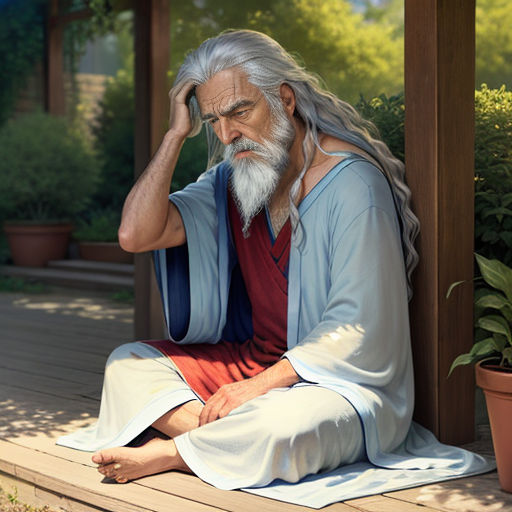
He realized that the key to liberation was the Middle Way - a path of moderation away from the extremes of self-indulgence and self-mortification.

He also discovered the Four Noble Truths: the truth of suffering, its cause, its end, and the path leading to its end. These teachings became the foundation of Buddhism.
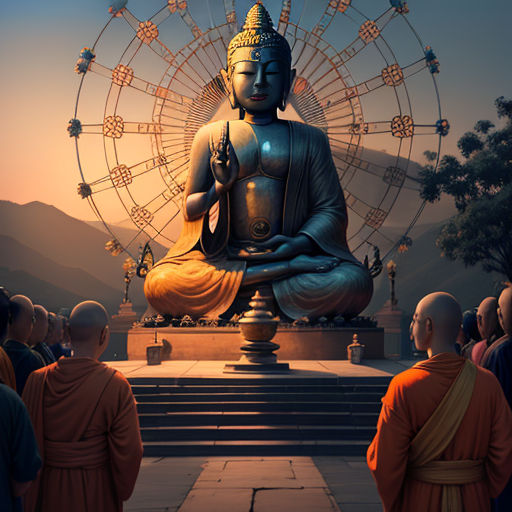
Buddha then returned to the society he once renounced. He preached his first sermon in Sarnath, setting in motion the Wheel of Dharma.

His teachings spread across the land, attracting a diverse group of followers. They included the rich, the poor, the powerful, and the oppressed - Buddha's message was universal.
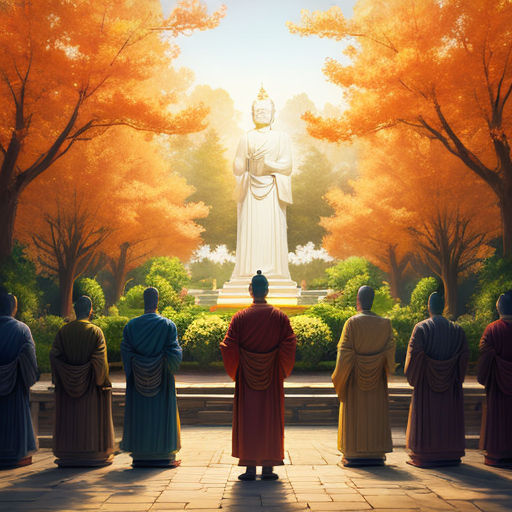
Buddha was a compassionate teacher. He believed that everyone had the potential to attain enlightenment and guided his followers with love and understanding.

He emphasized the importance of meditation and mindfulness. He taught that by focusing on the present moment, one could gain insight into the nature of existence.

Buddha also taught the concept of impermanence - that all things are subject to change and decay. This understanding helps to alleviate suffering and brings peace.
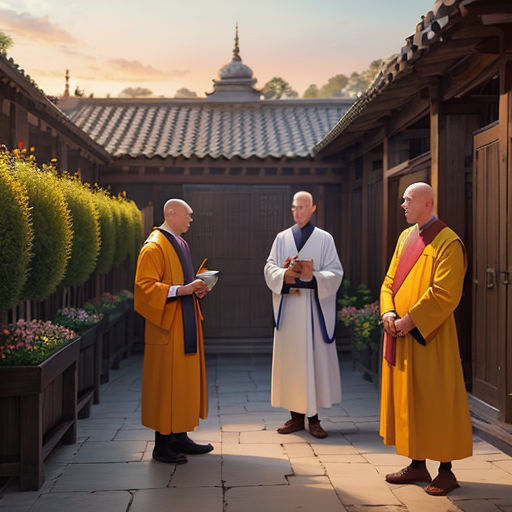
He formed a monastic order, the Sangha, made up of monks and nuns. They lived in simplicity, dedicating their lives to the pursuit of enlightenment.

Buddha's wife, Yasodhara, and son, Rahula, eventually joined the Sangha. They too sought enlightenment, embodying Buddha's teachings in their lives.
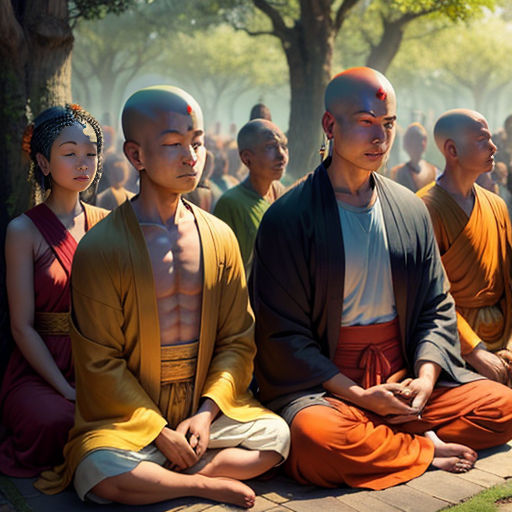
Buddha spent forty-five years teaching and traveling across northern India. He touched many lives, transforming them with his wisdom.
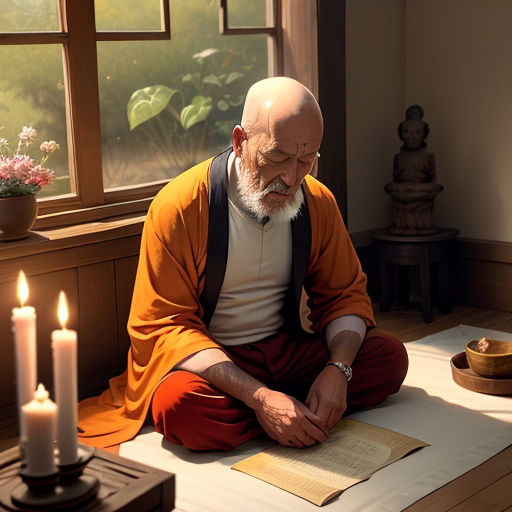
At the age of eighty, Buddha passed away. His last words were, "All compounded things are subject to vanish. Strive with diligence."

His body was cremated, and his relics were distributed among his followers. They built stupas, sacred structures, to enshrine these relics.

Buddha's legacy continues to inspire millions across the world. His teachings form the backbone of Buddhism, guiding followers towards peace and enlightenment.
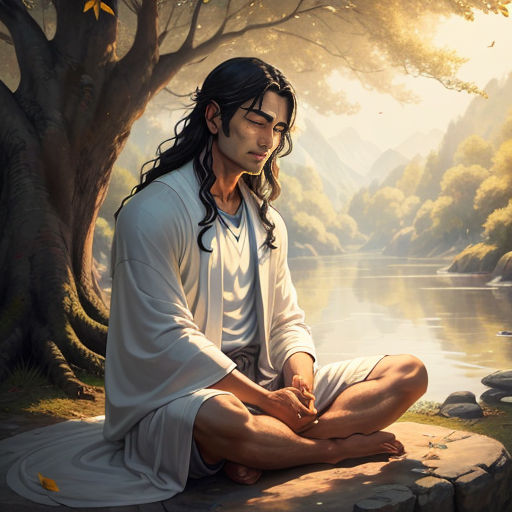
The life of Siddhartha Gautama is a testament to the human capacity for compassion, understanding, and self-transformation. His journey continues to enlighten many souls.

Buddha's teachings encourage us to look within ourselves for answers. They urge us to live mindfully, cherishing each moment and embracing change.

His teachings also emphasize the importance of compassion and understanding towards others. They remind us that we are all interconnected and interdependent.

The Buddha's path is not about worship or blind faith, but about self-realization. It is a journey towards understanding the true nature of life and existence.
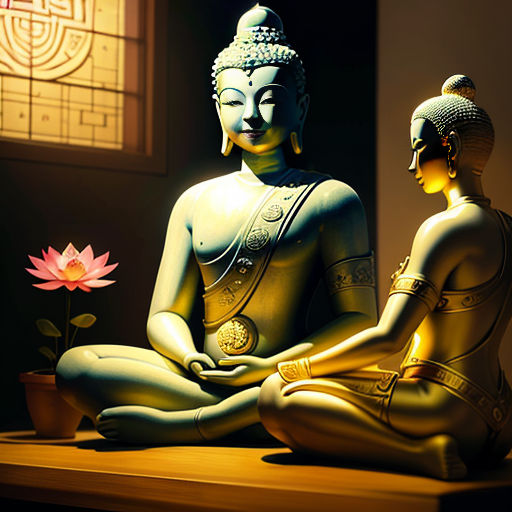
The teachings of Buddha continue to guide us in navigating life's challenges. They provide a beacon of light in our search for inner peace and happiness.
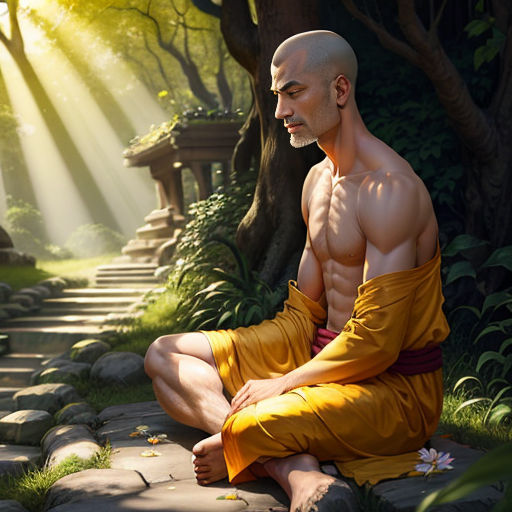
Siddhartha Gautama's transformation into Buddha shows us the potential within each of us. His journey inspires us to strive for enlightenment in our own lives.

His life serves as a reminder that enlightenment is not a distant goal, but a path that starts with understanding oneself and one's place in the world.
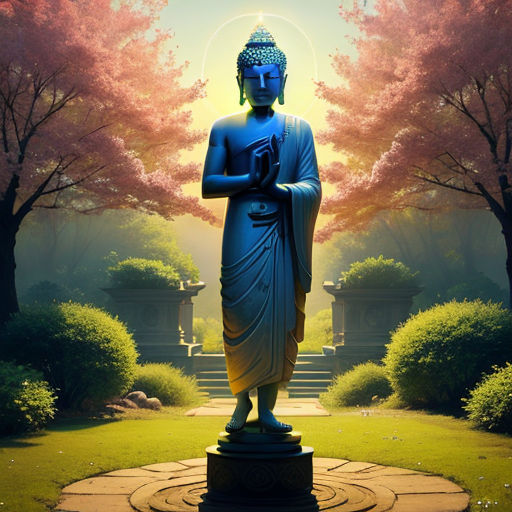
The Buddha's journey is a timeless tale of self-discovery and transformation. It teaches us the importance of compassion, understanding, and the pursuit of truth.

The story of Siddhartha Gautama is one of hope and inspiration. It tells us that no matter who we are or where we come from, we have the potential to achieve great things.

It encourages us to strive for a deeper understanding of ourselves and the world around us, to live in harmony with others, and to find peace within ourselves.

Siddhartha Gautama's journey from a prince to the Buddha continues to illuminate the path towards enlightenment for many, providing a beacon of wisdom and compassion.

The life and teachings of Buddha serve as a timeless guide, encouraging us to look within ourselves, understand our interconnectedness, and strive for inner peace and happiness.

As we walk our own paths, we can draw inspiration from Buddha's journey. His life stands as a testament to the transformative power of self-realization and compassion.

The story of Siddhartha Gautama, the Buddha, continues to resonate with us, serving as a reminder of our potential for enlightenment and the power of compassion and understanding.